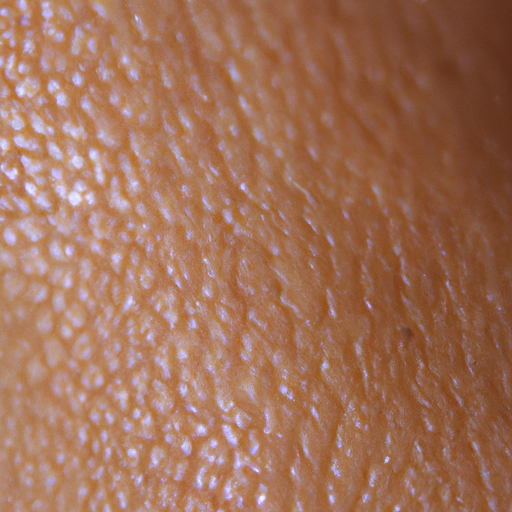As a medical professional, I am often consulted about a variety of skin-related concerns. One of the most common issues that patients bring up is oily skin. While it’s not a serious health problem, it can be a source of discomfort and embarrassment for many people. This article aims to provide you with an ultimate guide to taming your oily skin and banishing that unwanted shine.
Oily skin is primarily caused by overactive sebaceous glands that produce excess sebum, a naturally occurring skin oil. While sebum is essential for keeping our skin hydrated and protected, too much of it can lead to a shiny appearance, clogged pores, and acne breakouts.
The first step in managing oily skin is understanding that it requires a balance. Over-cleaning or using harsh products can strip your skin of its natural oils, causing your sebaceous glands to produce even more sebum in response. Therefore, it’s crucial to use gentle, non-comedogenic products that cleanse your skin without over-drying it.
A good skincare routine for oily skin should start with a gentle, water-soluble cleanser. Avoid soap-based cleansers as they can be too harsh and drying. Instead, opt for gel-based or foam cleansers that can effectively remove excess oil and impurities without disrupting your skin’s natural moisture balance.
Exfoliation is another key step in managing oily skin. Regular exfoliation helps remove dead skin cells that can clog pores and lead to breakouts. However, it’s important not to overdo it. Over-exfoliation can irritate your skin and trigger more oil production. Aim to exfoliate once or twice a week with a gentle, non-abrasive product.
After cleansing and exfoliating, use an oil-free moisturizer to keep your skin hydrated. Many people with oily skin skip this step thinking that their skin is already producing enough oil. However, moisturizing is essential for all skin types. It helps maintain your skin’s natural moisture barrier and prevents overproduction of sebum.
In addition to a good skincare routine, there are several lifestyle changes that can help manage oily skin. A healthy diet plays a crucial role in skin health. Foods rich in omega-3 fatty acids, such as fish and flaxseeds, can help regulate oil production and reduce inflammation. On the other hand, foods high in sugars and fats can trigger oil production and exacerbate oily skin.
Stress is another factor that can contribute to oily skin. When we’re stressed, our bodies produce more cortisol, a hormone that can stimulate oil production. Therefore, incorporating stress management techniques, such as yoga, meditation, or deep breathing exercises, into your daily routine can help keep your skin in check.
Lastly, always remember to protect your skin from the sun. Sun exposure can damage your skin and stimulate oil production. Always apply a broad-spectrum sunscreen with an SPF of at least 30 before going outdoors.
In conclusion, managing oily skin requires a combination of a balanced skincare routine, a healthy diet, stress management, and sun protection. While it may take some trial and error to find what works best for you, these strategies can help you tame your oily skin and banish that unwanted shine. If you’re struggling with severe oily skin or acne, don’t hesitate to consult a dermatologist or a healthcare professional for further advice and treatment options.




